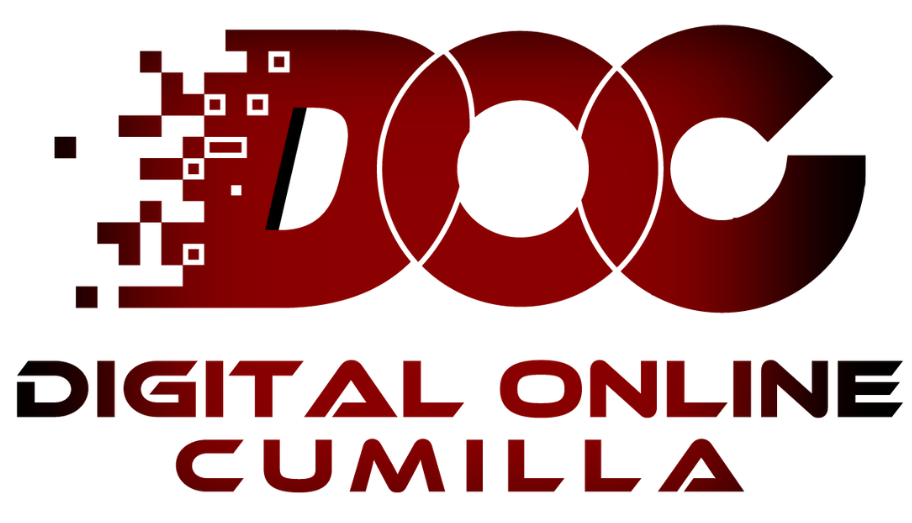Do you have an e-commerce site but can’t wait to go on vacation? You must know that the Social Media Marketing strategy never goes on vacation! Make yourself comfortable, I’ll explain why.

Let’s start with the main objectives of e-commerce: maximizing sales of products and services and expanding the company’s market share. Sales do not depend only on the good positioning of e-commerce on search engines, but are directly linked to a digital marketing strategy, which must be studied in detail. In particular, today we want to focus on the upcoming “deadlines” for an e-commerce, that is the fundamental appointments with Black Friday, Cyber Monday and, of course, Christmas. As many as 41% of Italians between 18 and 65 years buy at least one product online in that period of the year. Are you already organized to maximize sales? I suggest you a Social Media Marketing strategy consisting of 4 Steps.
Preparation of sales campaigns
1: Preparation of sales campaigns
The preparation phase is essential because it obliges us to analyze all the elements available to us: starting from the analysis of our products and services up to the analysis of website and e-commerce performance and the classification of our regular customers.
Among the indispensable conditions for evaluating the performance of a website are a responsive design, able to automatically adapt to different devices; good speed performance in desktop and mobile loading; an analytics system that can measure the customer journey, or the customer’s conversion path.
From the initial analysis we have enough information to prepare our work with some starting precautions:
Consider that communication is “mobile first”. 55% of Facebook purchases were made on mobile!
Insert the Facebook tracking pixel on the website.
Insert the catalog of our products in Facebook to start a subsequent dynamics ads activity.
At this stage it is important to make a careful analysis of the customer’s audience. The audience must be appropriately segmented by groups of Buyer Personas, or in groups of buyers with the same characteristics and homogeneous behavior in purchases.
July and August are the ideal months to set up Facebook test campaigns and to carefully evaluate the results. We don’t want to make mistakes at important moments of the year, do we?
2: Pre-sale
This is the phase in which you need to build an audience in tune with the products or services offered online, preparing the ground for conversion, or sale. In this phase, we will set up campaigns on social networks with three different objectives:

Brand awareness campaigns with emotional communication, aimed at creating engagement with potential new customers who do not know our brand and our offer.
Traffic campaigns to the site with an informative communication, to entice potential customers to learn about the performance, price and characteristics of our products and services; these campaigns are aimed at involving those people who have reacted to previous brand awareness and target group campaigns with similar characteristics (look-alikes).
Lead generation campaigns with specific landing pages aimed at acquiring contacts, subscribing to newsletters etc.
Ultimately, at this stage it is necessary to make a selection and, within social networks, identify the contacts (leads) that can turn into potential customers (prospects) and, finally, buy our products and services (customer). In this way, in the next phase of maximizing sales we can work on smaller audiences and avoid wasting the promotion budget.
3: Sale
At this stage we have the goal of maximizing sales. This is the key moment of the whole strategy and involves three distinct activities: optimizing sales, directing them to repeat customers or potential customers acquired in the previous phases; re-targeting to pursue potential customers who have not completed the purchase; increase visits to physical stores.

At this stage, here are which promotional campaigns should be set up on social networks:
Conversion campaigns: the creative part of the ad must be specifically studied for each distinct group of Buyers Personas, resulting from the segmentation of the previous phases. These will be accompanied by remarketing, retargeting and look-alike campaigns, conducted on potential customers.
Campaigns aimed at visiting physical stores, on specific targets of resident Buyers Personas or who are close to the physical store.
This, therefore, is the period in which we must maximize investments in campaigns on social networks.
4: After-sales
The last phase of our e-commerce strategy is that of after-sales, no less important than the previous phases. During this phase, customer care must be perfected, together with all those activities that allow us to keep the customer’s interest in our brand alive. Which? Here are some examples of possible campaigns:
Cross-selling and up-selling campaigns with dynamic ads, which push the customer to buy complementary products, accessories or after-sales services; dynamic ads will target people who have already purchased our products and services during the previous stage.
Loyalty campaigns, with the aim of bringing the customer back to the store, focusing on sales, new arrivals or the benefits of a physical store sale.
At the end of the fourth phase, all you need to do is start from the beginning: analyze the results and plan all the campaigns again, preparing for summer sales.
Related Article: Top 10 Rules Of Social Media Marketing





